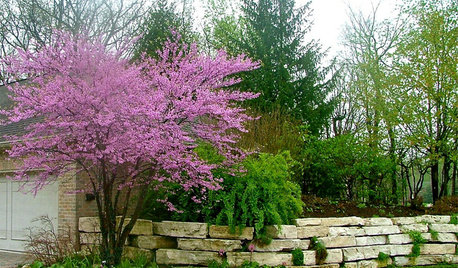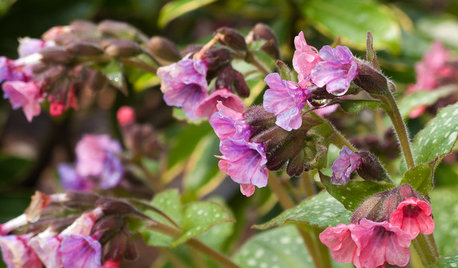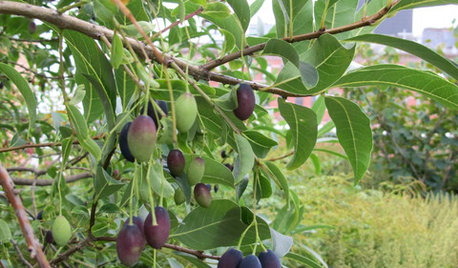Soil treatment after plant disease?
anney
14 years ago
Related Stories

GARDENING GUIDESTree Care: Common Tree Diseases and What to Do About Them
Learn to recognize trees that may be affected by diseases or pests so you can quickly take action
Full Story
GARDENING GUIDESGet the Dirt on Your Garden’s Soil
Understand how your soil supports your plants so you can ensure your garden’s success
Full Story
GARDENING GUIDESHow to Pick a Mulch — and Why Your Soil Wants It
There's more to topdressing than shredded wood. Learn about mulch types, costs and design considerations here
Full Story
GARDENING GUIDESGreat Design Plant: Rosa Banksiae a Low-Maintenance Beauty
This thornless, disease- and insect-resistant rose brings showers of white or yellow flowers to the spring garden
Full Story
FRONT YARD IDEASBefore and After: Front Lawn to Prairie Garden
How they did it: Homeowners create a plan, stick to it and keep the neighbors (and wildlife) in mind
Full Story
GARDENING GUIDESAfter-Summer Care for a Fabulous Fall Garden
Cleaning out stragglers and taking time to assess will keep your garden thriving all through autumn
Full Story
GARDENING GUIDES10 Top Mid-Atlantic Native Plants
Enjoy a four-season garden in the mid-Atlantic region with plants that will stand up to weather shifts, clay soil and the occasional deer
Full Story
GARDENING FOR BUTTERFLIESGreat Design Plant: Lungwort
Yes, the name is unfortunate. But the flowers and foliage are delightful, and this perennial is easy to grow and shunned by deer
Full Story
GARDENING GUIDESGreat Design Plant: Chionanthus Virginicus
Lacy flowers cover native white fringetree in spring, and birds feed off its berries in winter
Full Story
GARDENING GUIDESGet on a Composting Kick (Hello, Free Fertilizer!)
Quit shelling out for pricey substitutes that aren’t even as good. Here’s how to give your soil the best while lightening your trash load
Full StoryMore Discussions







ericwi
digdirt2
Related Professionals
Chattanooga Landscape Architects & Landscape Designers · Port Royal Landscape Architects & Landscape Designers · Maple Heights Landscape Architects & Landscape Designers · Aurora Landscape Contractors · Cockeysville Landscape Contractors · Concord Landscape Contractors · Dallas Landscape Contractors · Kaysville Landscape Contractors · Mastic Beach Landscape Contractors · Ringwood Landscape Contractors · Setauket-East Setauket Landscape Contractors · Wayland Landscape Contractors · Cleveland Driveway Installation & Maintenance · Grand Rapids Driveway Installation & Maintenance · Campbell Driveway Installation & MaintenanceanneyOriginal Author
wayne_5 zone 6a Central Indiana
ericwi
anneyOriginal Author
ericwi
wordwiz